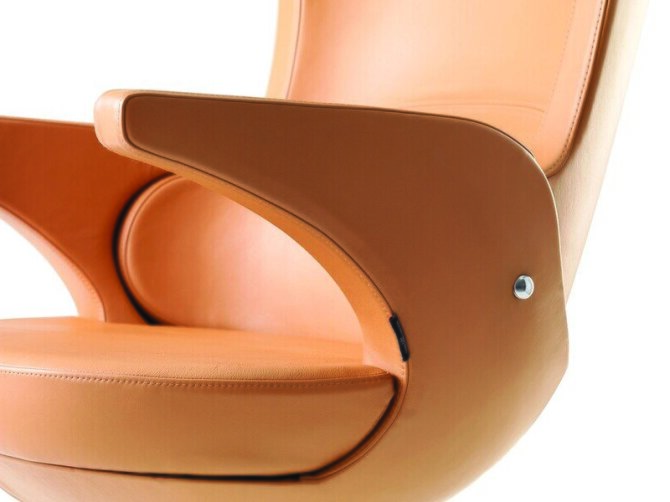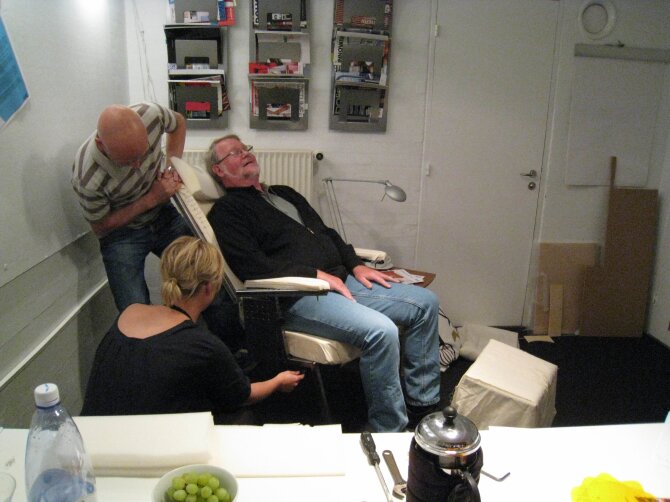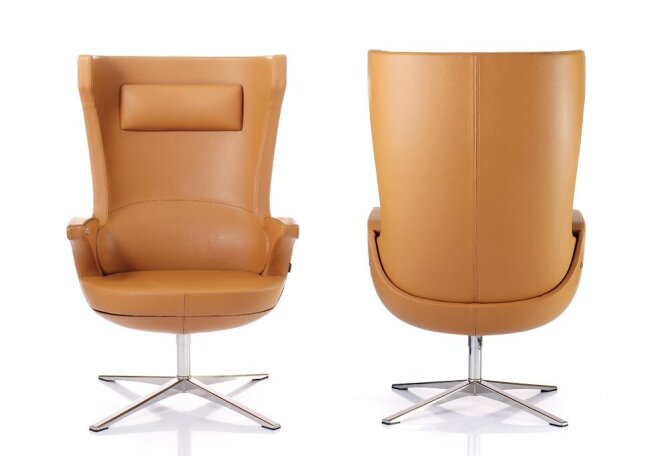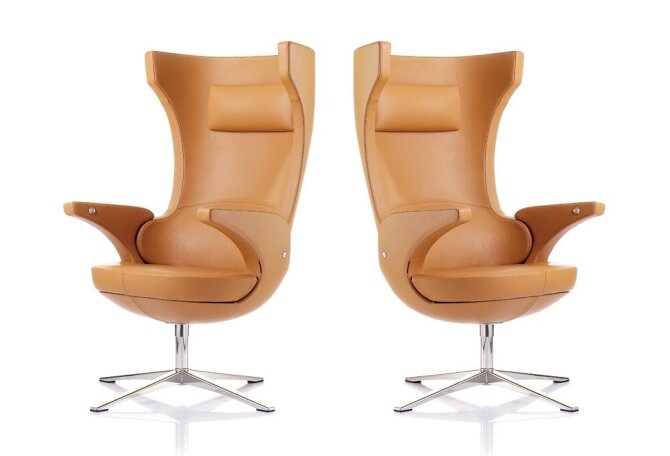i-Sit resting chair
i–SIT is an empirical and interdisciplinary project looking at how to design functional and more competitive resting chairs based on the involvement of end–users. The i-SIT chair was put into production in 2010 by Magnus Olesen.
Company: Magnus Olesen
Design: Design Concern
Lead users:
Senior users
Methods:
User research, surveys, user feedback
Awards:
Reddot design award 2010, IF product design award 2011, FX Interior Design Award 2011.
.
The i-SIT resting chair is about user driven innovation and presents new possibilities. It is new for us to involve senior citizens and users with disabilities. We also see that it supports the possibility of obtaining larger market potentials, and keeping up with new shopping patterns.

CHALLENGE
The i-SIT project has noted that the Danish furniture and textile companies do not have any tradition of involving customers in designing new products and not at all users with special needs.
In Denmark, many chairs aimed at the market for seniors go under the common name ”Otium chairs” (The name is used in DK for chairs aimed at the market for seniors). The functionality is good but seniors perceive such chairs as assistive devices that belong in an institution and not in a nice home. Danish seniors emphasize aesthetics and the sense that the chair fits into the general style of their homes, and the materials of the chair are important for how it is perceived. Besides functionality and aesthetics also natural materials and sustainability are important parameters at a time where climate and environment are high on the public agenda.



APPROACH
The project takes a humanistic and social science approach aimed at clarifying and understanding links, needs, preferences and problems in the main area of living and the home. The project has sought inspiration from disciplines such as anthropology, ergonomics, activity analysis, design, Design for All and occupational therapy.
The project was divided into six phases:
- Research and knowledge clarification.
- Userdriven innovation methods were mapped and selected methods for user involvement was examined.
- User needs: Bexcom conducted two major surveys of user needs based on questionnaires and field work.
- Developing ideas and innovation stage: DESIGN CONCERN A/S has designed and developed a sit-rest upholstery based on user needs and expertise.
- Prototype and test: DESIGN CONCERN A/S developed specifications and drawings for prototypes. Magnus Olesen has produced the prototype. Users and specialists were continuously involved and tested prototypes.
- Product maturing and knowledge dissemination.


RESULT
The result is based on a strong collaboration between a producer of furniture (Magnus Olesen A/S), an expert on Design for All, user involvement and communication (Bexcom), a producer of furniture textiles (Gabriel A/S), a knowledge centre for smart textiles (Centre for Smart Textiles), a knowledge centre for furniture and wood (Development Centre for furniture and wood), and a design company with a focus on user needs (DESIGN CONCERN A/S).
The i-SIT project has challenged the gab between the two extremes; a) mainstream products taking its starting point in well functioning and healthy people and, b) assistive devices developed for people with disabilities. Partly by using knowledge from both areas, and party by involving a far broader group of users and customers, namely seniors and people with disabilities. In that way, Design for All is ensured and the end products will meet the needs and demands of a much broader group of customers.
The project is jointly financed by the Danish Enterprise and Construction Authority funds to promote user-driven innovation.